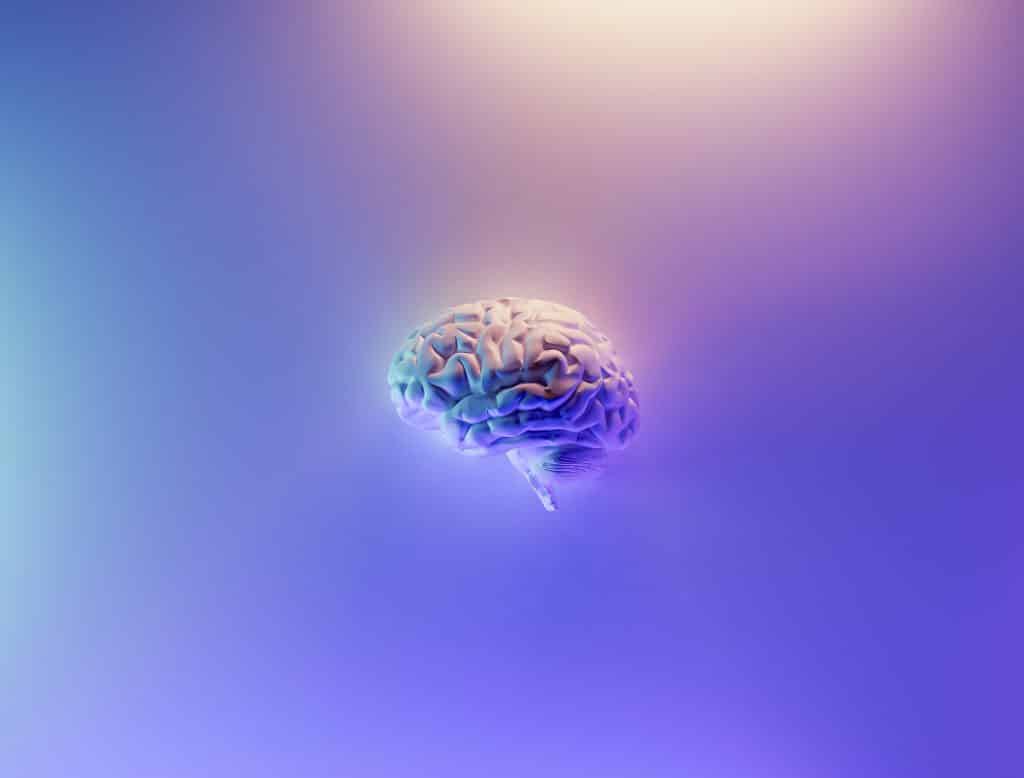As I sit across from a young boy in my office, his eyes dart around the room, his feet tap incessantly, and his hands fidget with the toy in his lap. This is a typical scene for me as a licensed practitioner working with kids who have Attention Deficit Hyperactivity Disorder (ADHD). But what exactly causes ADHD in the brain? The exact causes of ADHD are unknown, but research shows that genetics play a significant role. ADHD often runs in families, with a child having a 1 in 4 chance of having a parent with the condition. Let’s take a closer look at what the science tells us about the brain differences in kids with ADHD.
Table of Contents
The Role of Genetics in ADHD
When I talk to parents about their child’s ADHD diagnosis, one of the first questions they often ask is, “Did my child inherit this from me?” The answer is not always straightforward, but we do know that genetics play a significant role in the development of ADHD. Studies have shown that ADHD is highly heritable, meaning that it tends to run in families. If a parent has ADHD, their child has a higher likelihood of also having the condition.
But it’s not just about inheriting specific ADHD genes. Instead, it’s thought that certain genetic variations can make a person more susceptible to developing ADHD when combined with other environmental factors. These genetic differences may affect how the brain develops and functions, particularly in attention, impulse control, and executive function areas.
Brain Anatomy and Function in ADHD
What do these genetic differences actually do to the brain? Research has shown that there are some subtle but significant differences in brain anatomy and function in people with ADHD compared to those without the condition.
Some studies have suggested that certain brain areas, particularly in the frontal lobe, may be smaller in people with ADHD. The frontal lobe is involved in important functions like planning, paying attention, and decision-making. Other research has found that the frontal lobe may mature later in kids with ADHD compared to their peers.

But brain differences in ADHD aren’t just about size. Studies have also shown differences in how the brain is activated and connected in people with ADHD. For example, research using brain imaging techniques has found that
- There may be reduced activity in brain regions involved in executive function and attention.
- There may be weaker connections between different brain areas, particularly between the frontal lobe and other motor control and reward processing regions.
The Neurotransmitter Connection
In addition to differences in brain structure and function, research has also pointed to the role of neurotransmitters in ADHD. Neurotransmitters are chemical messengers in the brain that help transmit signals between nerve cells.
Some studies have found lower levels of certain neurotransmitters, particularly dopamine and norepinephrine, in people with ADHD. These neurotransmitters involve important functions like attention, motivation, and impulse control. It’s thought that imbalances in these neurotransmitters may contribute to some of the key symptoms of ADHD.

Read more: What Causes a Child to Have ADHD?
Interestingly, many of the medications used to treat ADHD work by increasing levels of dopamine and norepinephrine in the brain. This helps improve focus, reduce impulsivity, and manage other ADHD symptoms.
Environmental Factors and ADHD Risk
While genetics and brain differences play a significant role in ADHD, environmental factors can also influence a child’s risk of developing the condition. Some potential environmental risk factors that have been identified include:
- Prenatal exposure to alcohol, nicotine, or other toxins
- Low birth weight or premature birth
- Brain injury, especially to the frontal lobe
- Exposure to environmental toxins like lead
It’s important to note that these environmental factors don’t directly cause ADHD. Still, they may increase the risk, especially in children who are already genetically susceptible. And, of course, not every child exposed to these risk factors will develop ADHD.
Try Goally For Your Child With ADHD
Goally helps kids with ADHD stay focused and build skills. Unlike a Kindle or an iPad that kids get easily distracted on, Goally has no YouTube, no social media, no web browser, and especially no ads.
Goally uses game play as a points-based motivator for your kiddo with ADHD and helps them learn emotional regulation skills. It’s simple to set up and has an expert-informed design.

Putting It All Together
As I explain to the parents in my office, ADHD is a complex condition that likely results from a combination of genetic, brain-based, and environmental factors. While we may not have all the answers yet, ongoing research is helping us better understand what causes ADHD in the brain and how we can best support kids with this condition.
For parents, understanding the science behind ADHD can be empowering. It helps dispel myths and misconceptions about the condition and highlights the importance of evidence-based treatments and support. With the right combination of therapy, medication (when appropriate), and accommodations, kids with ADHD can thrive and reach their full potential.
Helpful Resources
- CHADD (Children and Adults with Attention-Deficit/Hyperactivity Disorder)
- ADDitude Magazine
- Understood.org
FAQ’s About What Causes ADHD in the Brain?
Is ADHD caused by bad parenting?
No, ADHD is not caused by bad parenting. Research shows that genetics and brain differences play a major role in the development of ADHD.
Can brain injuries cause ADHD?
While brain injuries, especially to the frontal lobe, may increase the risk of developing ADHD, they are not a direct cause. Genetics and other environmental factors also play a role.
Do people with ADHD have different brain anatomy?
Studies have shown that people with ADHD may have subtle differences in brain anatomy, such as smaller areas in the frontal lobe or delayed maturation of certain regions.
Are neurotransmitter imbalances linked to ADHD?
Yes, some studies have found lower levels of certain neurotransmitters, particularly dopamine and norepinephrine, in people with ADHD. These imbalances may contribute to key symptoms of the condition.
Can environmental factors increase the risk of developing ADHD?
While environmental factors don't directly cause ADHD, some factors like prenatal exposure to toxins, low birth weight, and premature birth may increase the risk, especially in children who are genetically susceptible.
This post was originally published on 05/22/2023. It was updated on 04/22/2024.
Emily is a seasoned blog writer for Goally, leveraging her extensive background in child psychology and special education to provide valuable insights and resources for parents. Her commitment to understanding and addressing the unique needs of these children, combined with her expertise in educational strategies, makes her a credible and empathetic voice for families.






